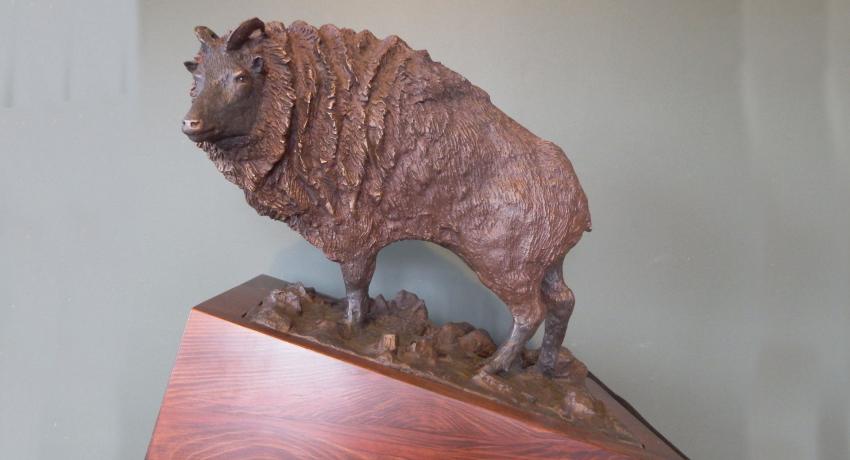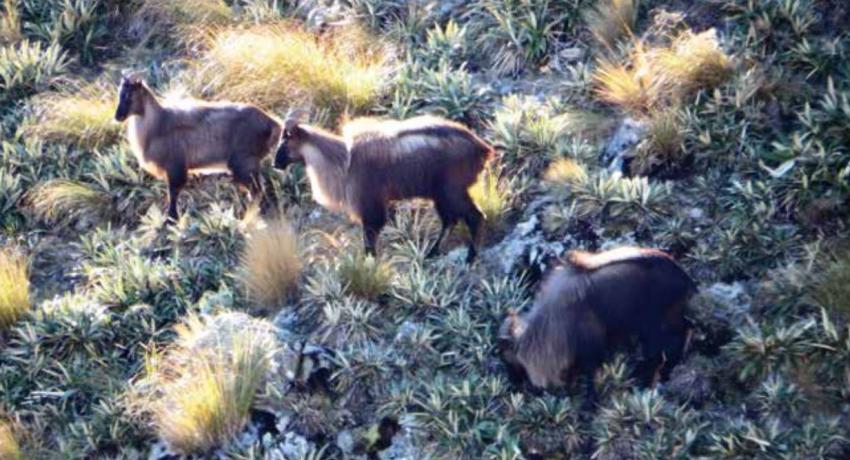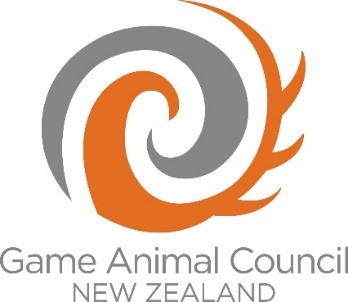DISAPPOINTING TAHR DECISION AMID CONCERNS OVER PROCESS
1 September 2020
FOR IMMEDIATE USE
The NZ Tahr Foundation is very disappointed at DOC’s decision to press ahead with the majority of the 2020-21 Tahr Control Operational Plan and is also expressing concern over the integrity of DOC’s decision-making process.
“It’s really sad as there’s so much common ground between stakeholders with 90% of the recent submissions all on the same page. The opportunity existed for us all to work together and end the ongoing conflict, yet DOC has continued to play divide and conquer”
“DOC’s revised control plan is for the most part exactly the same as their original plan, the same amount of culling hours, still targeting eradication in National Parks, not science based and still ignoring critical parts of the Himalayan Tahr Control Plan 1993 which sets out how tahr should be properly managed”
“The Tahr Foundation’s submission contends that the Department’s determination to eradicate tahr from Aoraki/Mt Cook and Westland Tai Poutini National Parks is a needless waste for very little environmental gain.”
“The overall tahr population was heavily weighted towards mature bulls before this operation and as we know mature bulls have a very high natural mortality rate and are the key attraction to hunters. Culling them is a completely inefficient use of time and money.”
“Hunters agree to the continuation of nanny culls in high density locations and ecological hotspots, but it is a real slap in the face to see heavy culling in the most hunted areas of the national parks – particularly the Murchison Valley around Liebig and Steffan huts. There are far more inaccessible areas that should be targeted.”
“The Tahr Foundation firmly believes that managing a low population of tahr in Aoraki/Mt Cook and Westland Tai Poutini National Parks would still protect alpine ecosystems while allowing for a viable and valuable hunting resource. Instead DOC has effectively shut hunters out of these national parks.”
“Today’s decision not only impacts the thousands of recreational tahr hunters that love hunting in our national parks but it will adversely affect the guided hunting industry as well as the hunting retail, accommodation, travel and hospitality sectors and their local communities.”
There is also a legitimate concern that culling remaining nannies in already low-density areas will lead to population collapse, which is why the Game Animal Council provided information on where further management is required and where it isn’t.
“We hope that the Department is sincere in its commitment to consider the Game Animal Council’s advice on further control work on the management units outside the national parks.”
All hunters continue to support an increase in control work outside the feral range in order to make sure tahr don’t spread north or south.
When it comes to the integrity of the consultation process, the Tahr Foundation has been concerned at the public comments made by the Department during this consultation.
“Hunting sector submitters played by the rules and refrained from public commentary, as requested by the Department,” says Duley. “Yet DOC, despite being the decisionmaker, has gone public a number of times, and even had the audacity to do so the morning of the decision with an opinion piece published in The Spinoff,” says Duley.
“At the very least this risks accusation of prejudging the outcome when it comes to the national parks and shows a certain contempt for submitters, who have all participated in the process in good faith. Again, this reflects poorly on DOC and only works to further sour the relationship with the tahr hunting sector.”
“After recently celebrating all the fantastic work hunter-volunteers contribute to conservation projects around the country for ‘conservation week’, this decision really puts all of that great work the hunting community does for the benefit of native species in jeopardy. It’s a sad day indeed, not only for tahr, but for community led conservation projects and public land users.”
“We demand that DOC now partner with the Game Animal Council to take a sensible approach to management outside national parks and that all future management is based on a phased approach using sound science and proper consultation.”
“After being largely ignored by DOC throughout this consultation process, we will have to have a long hard look at the hunting sector’s relationship with the department going forward” says Duley.
ENDS
CONTACT: Tahr Foundation spokesperson Willie Duley 027 333 8424





